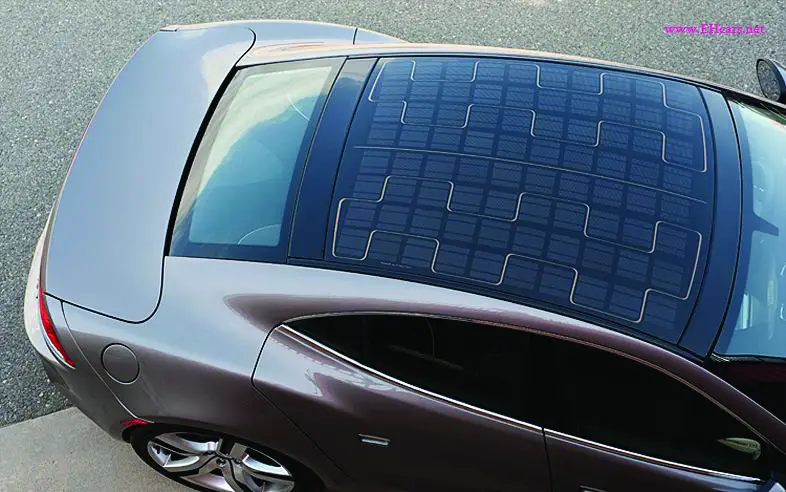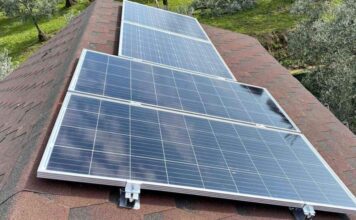Different from traditional solar panels, thin and flexible thin-film solar panels have more application possibilities and can be used on various irregular and curved surfaces.
Recently, the Massachusetts Institute of Technology has developed a solar cell thinner than a hair, and continues to expand the scope of solar energy applications, from electronic paper to light wearable devices.
MIT builds on research from 2016, when the ultra-thin solar was light enough to sit on a bubble without breaking it.
However, the manufacturing technology of solar cells involves a vacuum environment and expensive chemical vapor deposition. This time, MIT uses ink and printing to simplify the process.
The printable semiconducting inks can be deposited on a 3-micron-thick plastic sheet along with printed electrodes,
Finally, the solar panel is formed, and the module can also be peeled off, and then “glued” to the textile material, maintaining the willfulness while maintaining the minimum weight.
In the end, the scientists developed an ultra-flexible and lightweight solar cell that weighs one-hundredth of a traditional solar panel.
However, the power emitted per kilogram is 18 times that of the traditional one, with a power of 730 watts per kilogram. If the solar cells are glued to clothes, it can generate 370 watts per kilogram.
A typical rooftop solar installation in Massachusetts is 8,000 watts, said co-lead author Mayuran Saravanapavanantham.
The fabric solar panels developed by the team will only increase the weight of the roof by 20 kilograms for the same amount of power generated.
New tests also indicate that the fabric solar panels can be rolled up and unrolled more than 500 times while maintaining 90% of their power generation capacity.
But the team is also now addressing the issue of solar cell degradation, which requires additional development of ultra-thin packaging to protect the solar cells.
According to Jeremiah Mwaura, a research scientist at the Research Laboratory of Electronics at the Massachusetts Institute of Technology, by the standards of traditional silicon solar cells,
The solar cells have to be encapsulated in thick glass, so the ultra-thin solution proposed by the team only adds a little weight.





